How to maintain a propane tank
Troubleshooting Common Propane Tank Issues
Even with regular maintenance, issues can arise. Here’s how to troubleshoot some common propane tank problems:
1. Propane Smell: If you smell propane, it’s likely a leak. Shut off the tank, ventilate the area, and contact your propane supplier immediately.
2. Pilot Light Won’t Stay Lit: This could be due to a faulty thermocouple or a problem with the gas supply. Check the connections and call a professional if the issue persists.
3. Low Pressure: If your propane appliances are not receiving enough pressure, it could be due to a blocked regulator or a low fuel level. Check your tank gauge and regulator for issues.
The Ultimate Guide to Maintaining Your Propane Tank:
Keep Your Home Safe and Efficient
Propane tanks are a reliable and efficient source of energy for heating, cooking, and powering various appliances in your home. However, like any piece of equipment, they require regular maintenance to ensure they operate safely and efficiently. In this comprehensive guide, we’ll walk you through everything you need to know about maintaining your propane tank, from basic upkeep to safety checks that will keep your home running smoothly year-round.
Why Propane Tank Maintenance Matters
Proper maintenance of your propane tank isn’t just about keeping it in working order—it’s about safety, efficiency, and longevity. Neglecting maintenance can lead to problems like leaks, inefficient fuel usage, and even dangerous situations such as fires or explosions. Regularly maintaining your propane tank ensures that it remains safe to use, operates at peak efficiency, and lasts for years to come.

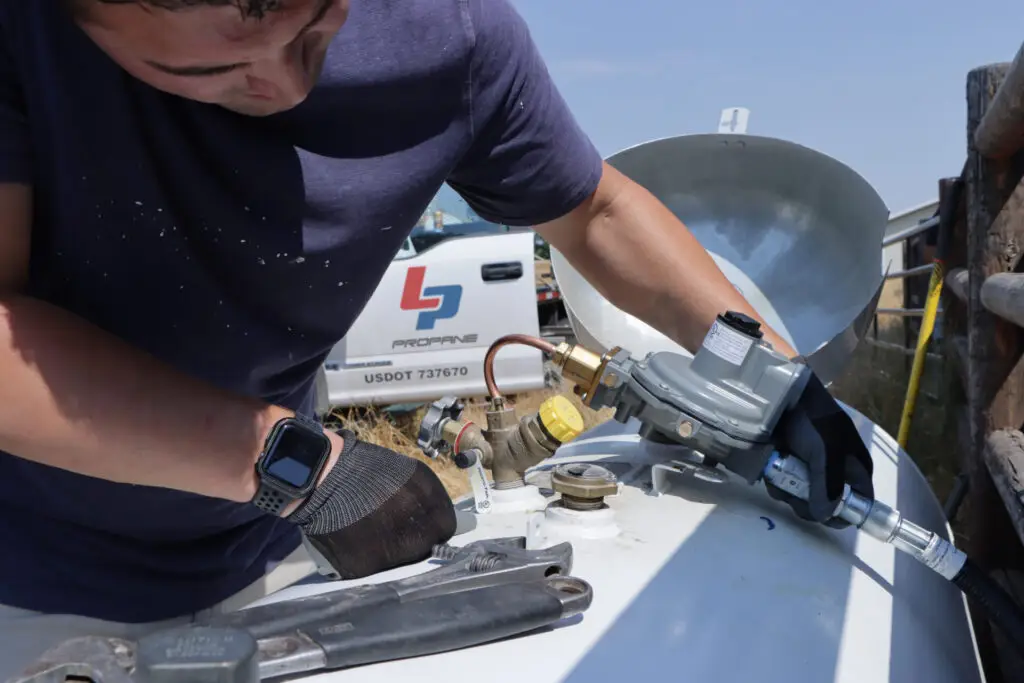
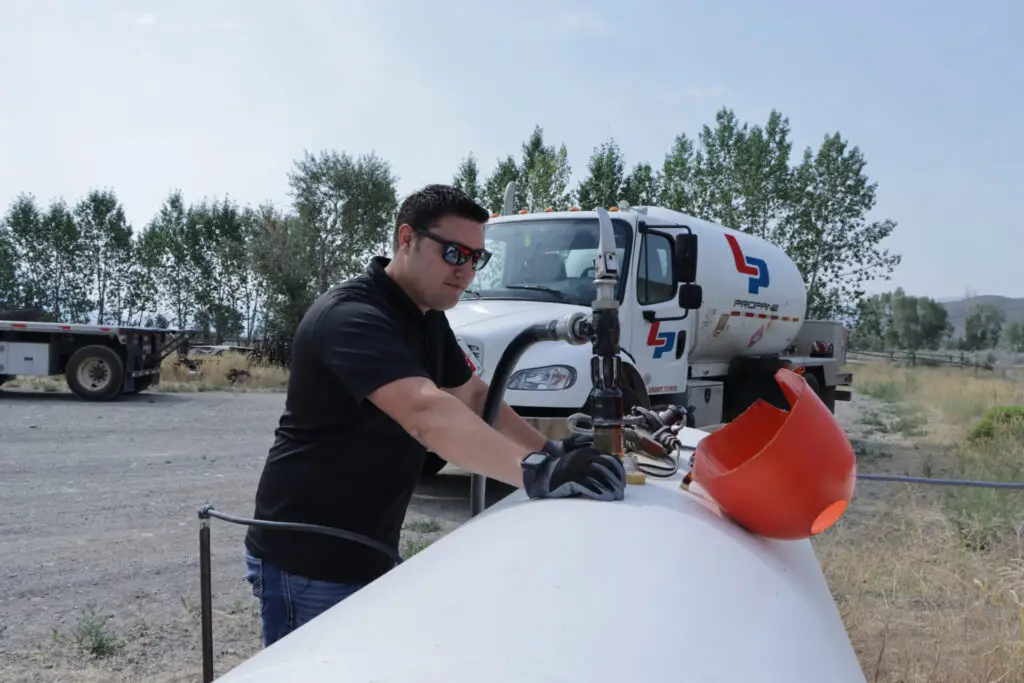
Power Up Your Safety Checks
The first step in maintaining your propane tank is conducting regular safety checks. These checks are essential for detecting potential problems before they become serious. Here’s how to do it:
1. Inspect the Tank Exterior: Regularly check the outside of your propane tank for any signs of rust, corrosion, or damage. Surface rust can be treated with a rust converter or by repainting the tank. However, if you notice deep corrosion or dents, it’s time to call in a professional.
2. Check the Connections: Examine the connections between the tank, hose, and appliances. Look for any signs of wear, cracks, or leaks. If you detect a leak (usually by smelling propane or hearing a hissing sound), turn off the tank immediately and contact your propane supplier.
3. Test the Relief Valve: The relief valve is a critical safety feature that prevents the tank from over-pressurizing. You should test this valve periodically by pulling the lever and listening for a release of propane gas. If you don’t hear anything, the valve may be faulty and should be inspected by a professional.
Optimize Your Tank Placement
Where you place your propane tank can significantly impact its safety and efficiency. Here are some tips for optimal placement:
•Keep It Clear: Ensure the area around your propane tank is clear of debris, vegetation, and any potential ignition sources. This reduces the risk of fire and allows for better ventilation.
•Proper Distance: Maintain the recommended distance between the tank and your home or any other structures. This distance is usually 10 feet, but check local regulations to be sure.
•Elevate the Tank: If your propane tank is above ground, consider placing it on a raised platform to prevent water accumulation and rusting. For underground tanks, ensure the surrounding soil is well-drained to avoid water pooling around the tank.
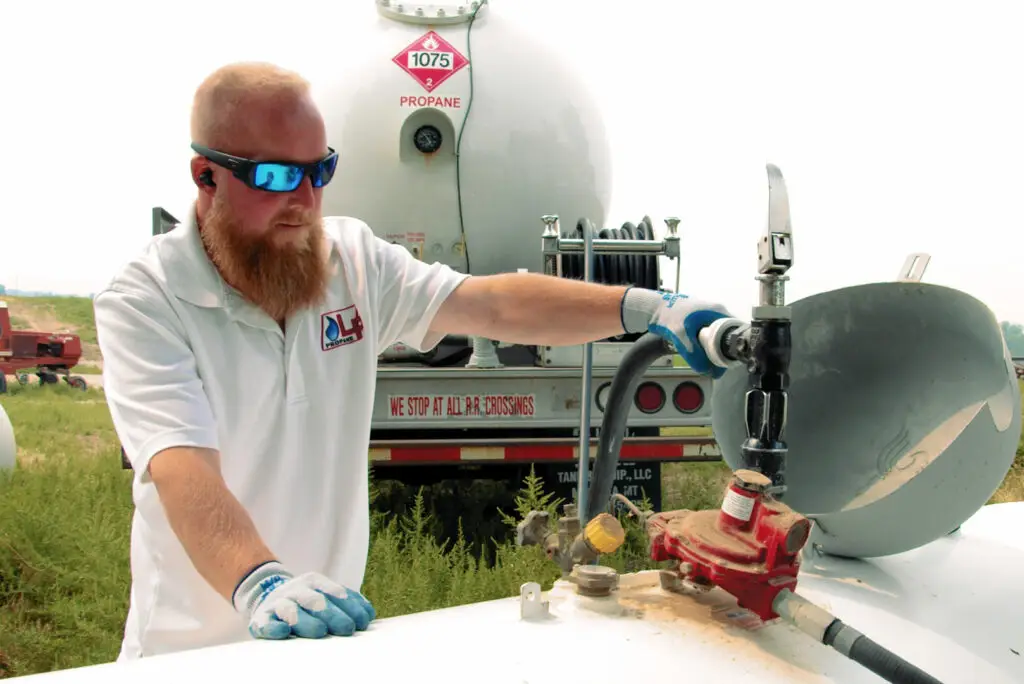
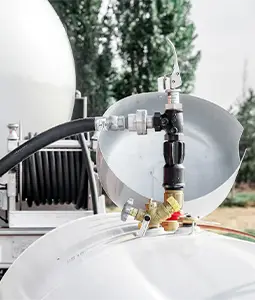
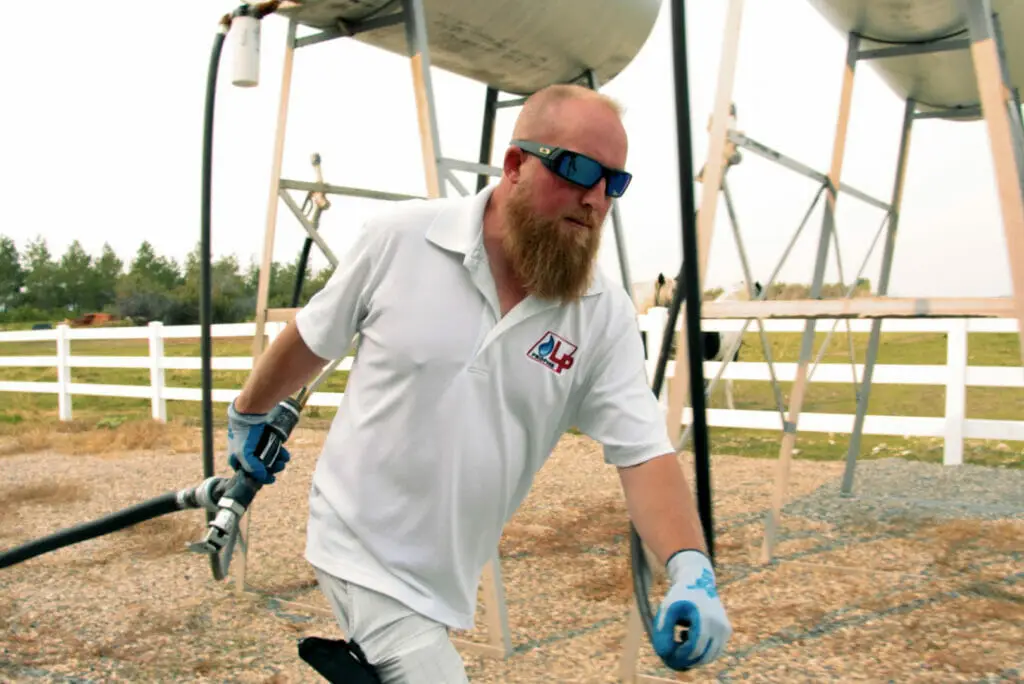
Fuel Efficiency Hacks: Maximize Your Propane Usage
Maintaining your propane tank isn’t just about safety; it’s also about getting the most out of your fuel. Here are some tips to optimize your propane usage:
1. Regularly Check the Gauge: Keep an eye on your propane gauge and refill the tank before it gets too low. Running out of propane can cause your system to shut down and may require a professional restart, which can be costly.
2. Schedule Regular Deliveries: Work with your propane supplier to schedule regular deliveries based on your usage patterns. This ensures you never run out of propane and can often save you money by avoiding emergency deliveries.
3. Use Energy-Efficient Appliances: Upgrading to propane appliances with high energy efficiency ratings can reduce your overall propane usage and lower your energy bills.
Winterize Your Propane Tank
Winter in Northwest and Northeast Colorado can be particularly harsh, so it’s essential to winterize your propane tank to prevent any issues during the cold months:
•Clear Snow and Ice: Regularly clear snow and ice from around your propane tank, regulator, and valves. This prevents freezing and ensures easy access in case of emergencies.
•Monitor Propane Levels: Propane usage tends to increase in winter, so monitor your levels closely and arrange for refills before you run low.
•Keep the Tank Full: A fuller tank is less likely to experience pressure drops during extreme cold. If possible, keep your tank at least half full throughout the winter.
PROFESSIONAL INSPECTION
If you need to call an LP Propane professional for an inspection, follow these steps to ensure a smooth and efficient process:

1. Identify the Issue: Before calling, try to identify the specific issue or reason for the inspection. This could be a suspected leak, regular maintenance, pressure issues, or concerns about your propane system’s safety.
2. Gather Information: Have all relevant details ready, such as the location of your propane tank, the type of tank, any specific symptoms or issues you’ve noticed, and your recent propane usage. This information will help the professional assess the situation more effectively.
3. Contact LP Propane: Reach out to your local LP Propane service provider. You can usually find their contact number on your propane delivery invoice, their website, or on the propane tank itself. If you’re unsure, search for “LP Propane inspection services” in your area to find a reputable provider.
4. Schedule the Inspection: When you call, describe the issue or request a routine inspection. Schedule a convenient time for the professional to visit your property. Be sure to ask about any preparation you should do before their arrival, such as clearing access to the tank.
5. Prepare for the Inspection: Clear any obstructions around your propane tank and ensure that the area is safe and accessible for the professional. If you have any documents related to your propane system, such as past inspection reports or maintenance records, have them on hand.
6. Ask Questions: Don’t hesitate to ask the technician any questions you may have during the inspection. This is a great opportunity to learn more about your propane system and how to maintain it properly.
7. Follow Up: After the inspection, the professional will give you a report or advice on any necessary repairs or maintenance. Follow their recommendations to keep your propane system in top condition.
If you smell propane or suspect a leak, turn off the gas supply immediately, leave the area, and call LP Propane from a safe location as an emergency service.